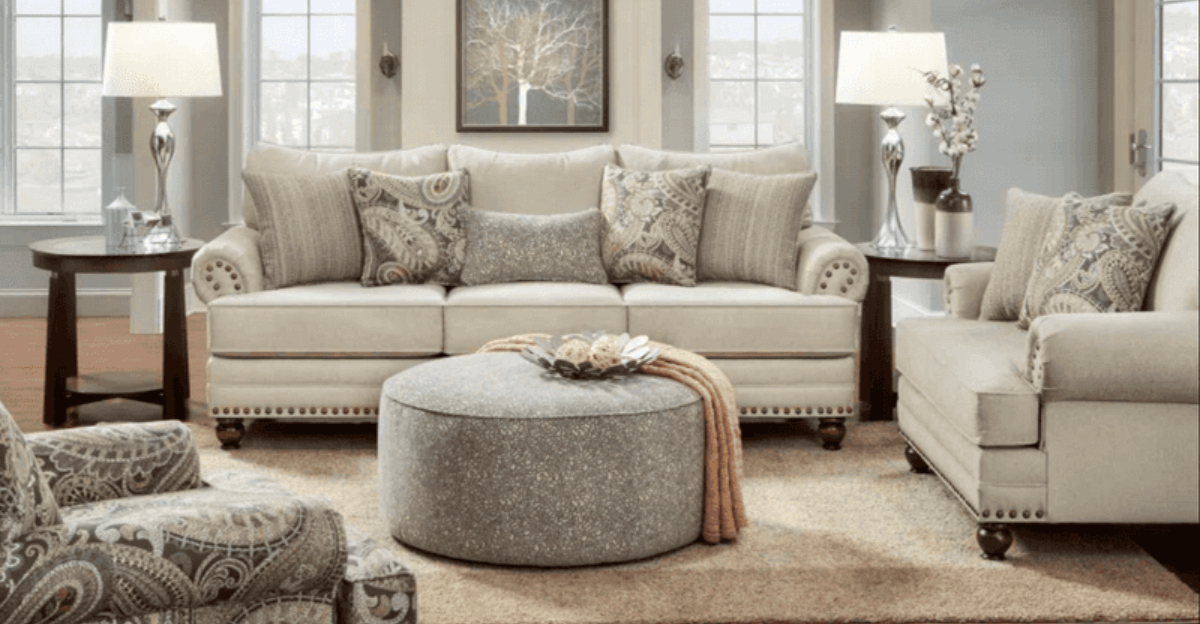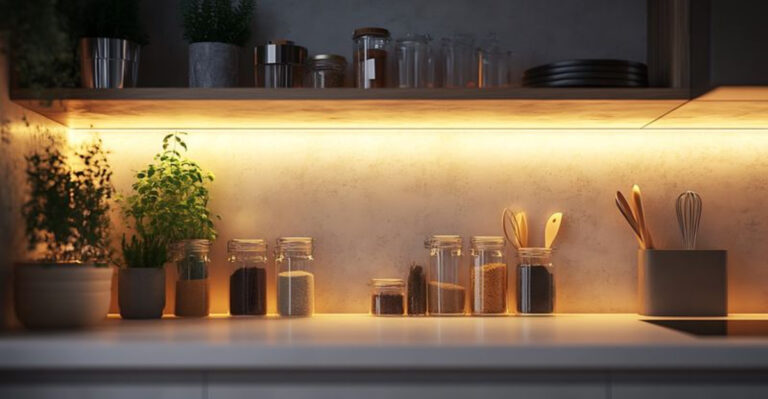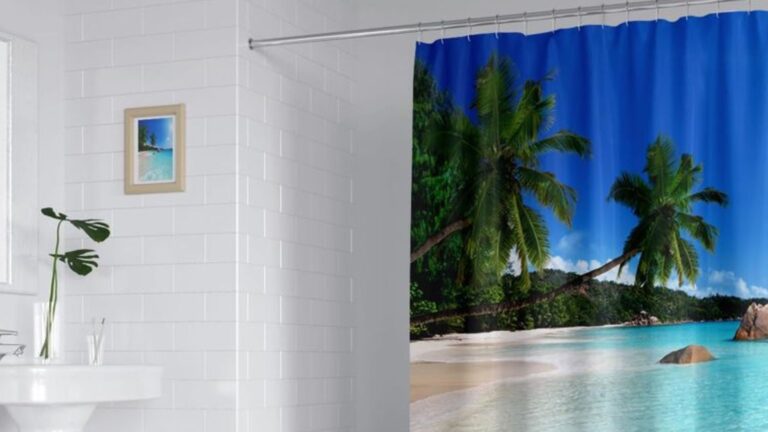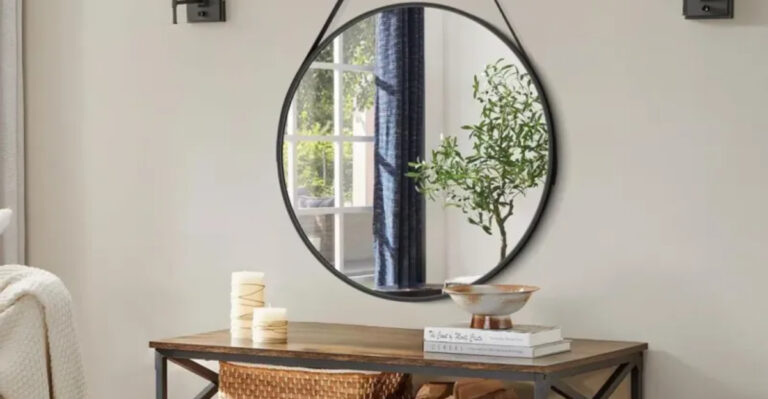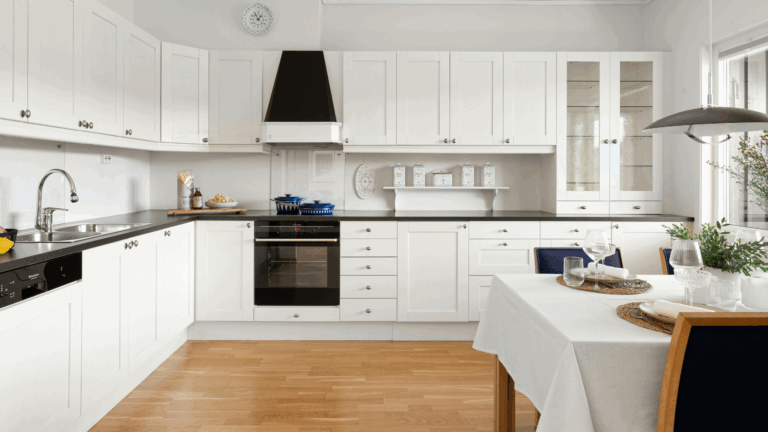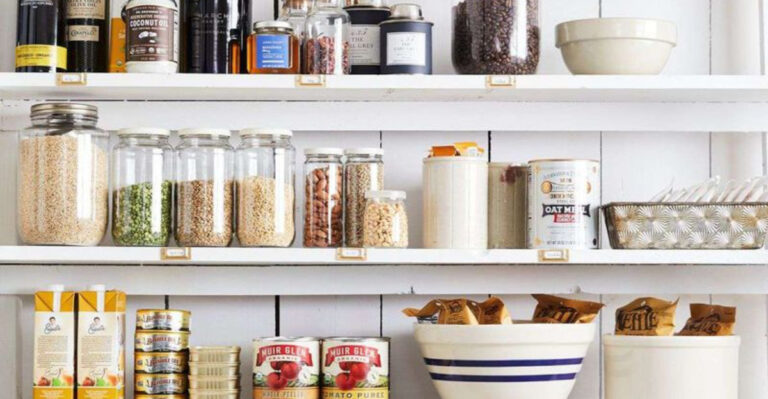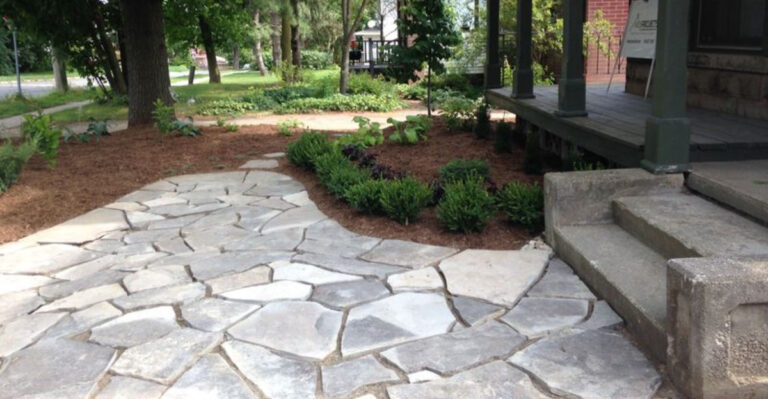10 Tired Furniture Trends That Are Now Becoming A Thing Of The Past (And 6 We Certainly Won’t See Coming Back)
Furniture styles move fast – and what once felt fresh can start looking dated before you know it. Designers are seeing a major shift right now, with some tired trends finally making their exit.
Think overly matchy sets, heavy finishes, and pieces that prioritize looks over comfort. The good news? There’s plenty of exciting style taking their place.
I’m breaking down 10 furniture trends that are quickly fading, plus 6 more that are unlikely to make a comeback anytime soon.
1. All-White Everything
Gone are the days when pristine white kitchens and living rooms dominated every home magazine. While clean and bright, these monochromatic spaces often felt sterile and impractical for real life.
Many homeowners now embrace warmer tones and natural materials that add character without showing every speck of dirt. The all-white trend simply couldn’t stand up to the reality of sticky fingers, pet hair, and the everyday messes that make a house a home.
2. Barn Doors Everywhere
What started as a charming farmhouse accent quickly slid into overuse territory. Those sliding wooden doors that took over bathrooms, bedrooms, and even kitchen pantries are finally rolling away from popularity.
Functionality issues plagued these decorative elements – poor sound insulation, visible tracks, and the space needed for sliding made them impractical. Designers are returning to traditional hinged doors or exploring new room divider concepts that offer both style and substance.
3. Matching Furniture Sets
Walking into a furniture showroom and purchasing an entire matching set was once the epitome of good taste. Those perfectly coordinated bedroom suites and living room collections suggested affluence and planning.
Today’s design philosophy celebrates intentional mismatching and collected-over-time aesthetics. Curated spaces with pieces that complement rather than match create more visual interest and personality.
4. Industrial Overload
Exposed brick, pipes, Edison bulbs, and metal everything – the industrial look borrowed from urban lofts infiltrated suburban homes in a big way. What started as an authentic aesthetic rooted in repurposed spaces became a mass-produced style lacking soul.
Many homeowners are now softening these harsh elements with natural materials and comfortable furnishings. The uncomfortable metal chairs and rough-hewn tables that dominated “industrial chic” spaces have given way to more livable interpretations that don’t sacrifice comfort for style.
5. Granite Countertop Monopoly
For years, granite countertops were the unquestioned status symbol in kitchen design. Real estate listings proudly proclaimed their presence, and home renovation shows featured the installation of these speckled stone surfaces in nearly every episode.
Homeowners now have countless alternatives that offer both beauty and functionality. Quartz, marble, concrete, butcher block, and even recycled materials provide options with different aesthetics and maintenance requirements.
6. Shabby Chic Overload
Whitewashed furniture with intentional distressing, floral patterns, and ruffled details defined the shabby chic movement that dominated homes in the late ’90s and early 2000s. This ultra-feminine aesthetic aimed to create a vintage, lived-in feel.
While elements of this style occasionally resurface, the all-in approach with matching distressed furniture sets and excessive ornamentation has fallen from favor. Today’s vintage-inspired spaces incorporate authentic antiques and more subtle nods to the past without the artificial aging techniques.
7. Tufted Everything
From headboards to ottomans to entire sofas, deep button tufting enjoyed a major revival during the 2010s. The technique, which creates the quilted, dimpled effect on upholstery, appeared on virtually every soft surface in trend-conscious homes.
While light tufting still has its place in certain designs, the overdone versions with exaggerated deep buttons and diamond patterns have begun to look dated.
8. Vessel Sinks
Bathroom design took a decorative turn when vessel sinks – those bowl-shaped basins that sit on top of counters rather than being inset – became the must-have feature of the 2000s. They made a dramatic statement but brought practical problems.
Users quickly discovered the cleaning nightmares these sinks created, with dirt and water collecting around the base. The awkward height and splashing issues have led homeowners back to more functional undermount and integrated sink designs that prioritize usability over showy aesthetics.
9. TV-Centric Room Arrangements
For decades, living room furniture arrangement followed one rule: everything must face the television. The result was often a semicircle of seating with the TV as the altar at which families worshipped.
As screens have multiplied and become more portable, designers are creating conversation-friendly arrangements that prioritize human interaction.
10. Shiplap Everywhere
Thanks to certain popular home renovation shows, horizontal wood planking known as shiplap moved from practical farmhouse siding to interior design phenomenon. Homeowners covered entire rooms in these white-painted boards trying to capture rustic charm.
When used everywhere without historical context, shiplap quickly became a trendy timestamp rather than a timeless feature.
1. Cherry Wood Overload
Those reddish-brown cherry wood finishes dominated furniture showrooms and homes throughout the ’90s and early 2000s. From dining sets to bedroom furniture, the warm red tones were considered elegant and traditional.
Today’s wood furniture embraces either lighter natural finishes or deeper, cooler tones. The distinctive cherry color immediately dates a piece to a specific era. Homeowners are refinishing these pieces in more current colors or replacing them with woods that have less specific period associations.
2. Word Art Wall Decor
Remember those wooden signs proclaiming “Live, Laugh, Love” or “Bless This Mess“? If you’re nodding, you’re not alone. Typography-based decor dominated walls in countless homes during the 2010s.
Interior designers now wince at these literal statements that leave nothing to interpretation. Art should evoke feeling without spelling it out. The trend has given way to more personal expressions – vintage posters, original artwork, or textural wall hangings that communicate style without resorting to clichéd phrases.
3. Mason Jar Light Fixtures
Once upon a time, hanging clusters of Mason jars with Edison bulbs represented the height of rustic chic. Restaurants, coffee shops, and homes embraced this DIY-inspired lighting trend with enthusiasm.
Fast forward to today, and these fixtures have become visual shorthand for “trying too hard.” The dust-collecting glass jars and exposed bulbs now feel more tired than trendy. Lighting designers are moving toward cleaner lines and more sophisticated materials that don’t scream “I found this on Pinterest in 2015.”
4. Overstuffed Reclining Furniture
Those massive leather recliners and sectionals with built-in cup holders dominated family rooms for years. Comfort took precedence over style with these bulky pieces that often overwhelmed the spaces they occupied.
Modern furniture design has found ways to merge comfort with cleaner aesthetics. Today’s recliners and motion furniture feature slimmer profiles and more sophisticated upholstery options.
5. Tuscan Kitchen Overload
If your kitchen features dark cherry cabinets, granite countertops with busy patterns, and wrought iron accents, you might be living in a time capsule from the early 2000s. The faux-Mediterranean “Tuscan kitchen” dominated home design for nearly a decade.
Characterized by heavy ornamentation, artificial distressing, and an abundance of grape and olive motifs, this style now feels oppressively dark and dated. Modern kitchens embrace cleaner lines, lighter colors, and authentic materials that don’t pretend to be from an Italian villa.
6. Popcorn Ceilings
Though not exactly a “trend” homeowners actively chose, these textured ceilings remained in many homes long past their 1970s heyday. The bumpy spray-on finish was originally used to hide imperfections and provide noise reduction.
Modern homeowners now go to great lengths to remove these dated surfaces, which collect dust and create shadowy, outdated interiors. Smooth ceilings or more intentional texture treatments like wood planking or decorative tiles have replaced this builder-grade finish that instantly ages a space.

